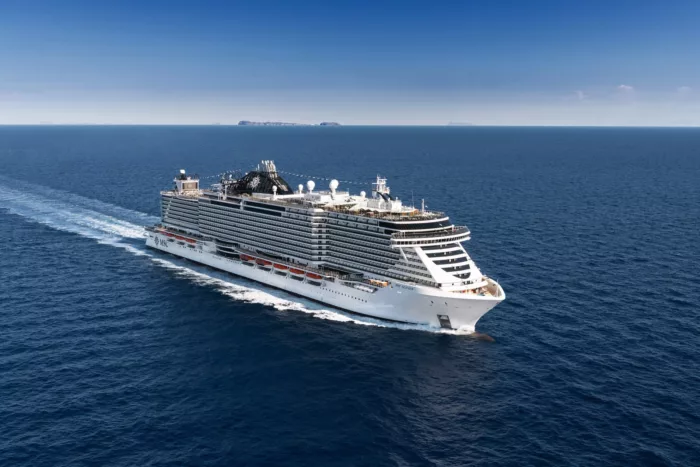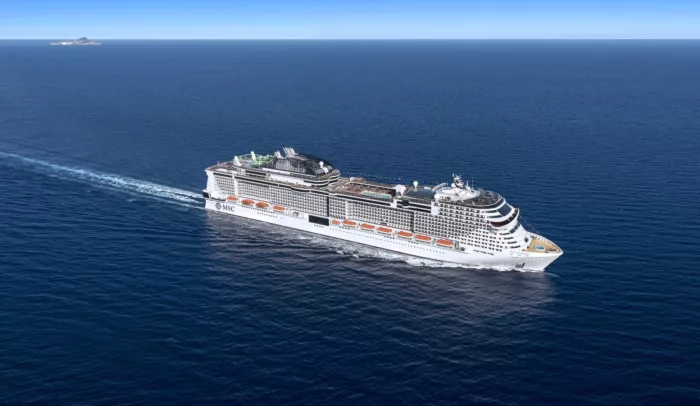
MSC Cruises
MSC Cruises may be headquartered in Switzerland, but the ambience onboard its 23 ships is very much Italian owing to its owners, the Aponte family.
Ships feature a two-storey Mediterranean-style promenade and Instagram-worthy glass staircases filled with Swarovski crystals.
The line’s flagship is the 6,327 passenger MSC Euribia, which is MSC's second ship to run on liquefied natural gas.
6334
Passengers
1704
Crew
2019
Launched
181541t
Tonnage
331m
Length
43m
Width
20kts
Speed
14
Decks
EUR
Currency
Cruise Itinerary
Ship Details


MSC Cruises
MSC Grandiosa
Building on her sisters ships’ success, MSC Grandiosa offers even more public space, along with a series of exciting innovations. Meantime, Aurea Experience guests can appreciate the pleasures of flexible dining and unlimited drinks in a dedicated restaurant.
Cabins
All Prices














